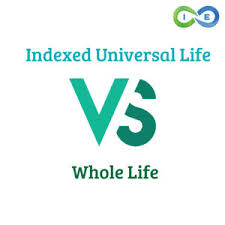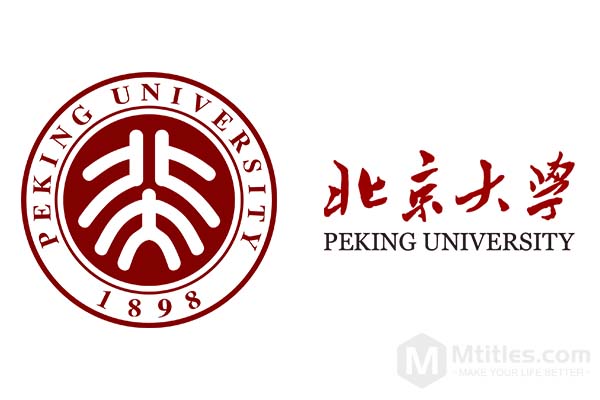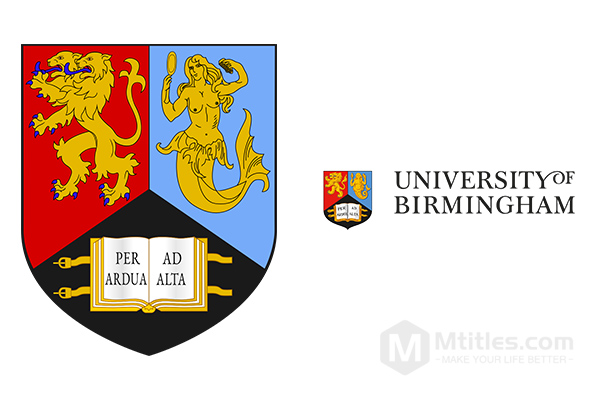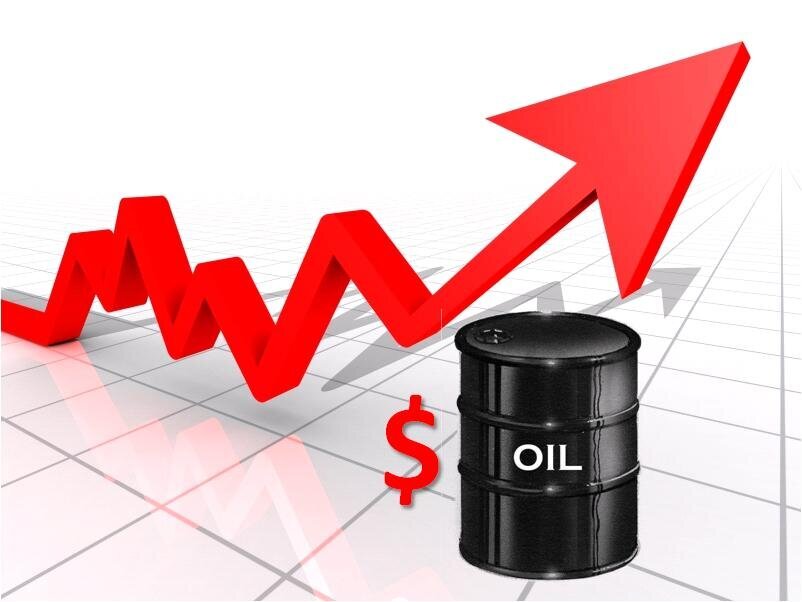How to Choose Between Whole Life and Index Universal Life Insurance(1)

In the US life insurance market, Whole Life and IUL (Index Universal Life) are two varieties of lifelong life insurance that can invest in savings.
In recent years, both types of insurance have performed well in the US life insurance market. According to authoritative LIMRA statistics, in the life insurance market in the United States in 2019, the premium of new insurance policies for dividend insurance increased by 1%, representing 33% of the share life insurance in the United States, while the overall increase in universal insurance premiums increased by 31%, mainly based on the growth of universal life index, the share of market reached 38%.
We are talking about the characteristics of these two types of insurance. I hope you will see, do not have to be misled, can correctly choose the right products for their own.
Whole Life
Main product companies: MassMutual, New York Life, etc.
First of all, in terms of the creation of the company, the Whole Life company is essentially the form of mutual organization of the company, Chinese called "mutual insurance company". These companies cannot issue shares for listing. Each policyholder is considered a member of society and enjoys their rights according to the size of the policy. This right includes the company's transactional decision, the magnitude of the dividend distribution, and so on.
Second, premiums are fixed and insurance liability is guaranteed (without withdrawing money from the policy). Take the example of a 30 year old woman who is very healthy. She buys a million tax policy, and for ten years the premium is around 22,210 a year. The duration of the payment can be a lifetime, a payment of ten years, a payment of twenty years or a payment at 65 years (each company pays differently). Once the payment period has been determined, the amount of money paid each year is fixed and cannot be changed. How does this fixed premium take into account? It is based on the value of the guaranteed cash value of the policy up to the age of 100, or 120, which is calculated as fixed interest, and is entered.
Third, guarantee interest and dividends. The cash value of the dividend insurance will increase, from the annual interest paid by the insurance company, the dividend insurance will have a guaranteed interest, each interest rate of the company is different. Because annual interest, coupled with the effect of compound interest, thus reach the effect of savings.
In addition, insurance companies have an unsecured bonus. Dividends are paid annually and can be used to cover the premiums for the current year, or you can purchase additional coverage so that policy coverage continues to increase. Of course, you can also ask the insurance company to give you the bonus bill directly. The interest rate depends on the financial situation of the company throughout the year. Overall, the dividend insurance dividend ratio has declined over the past 20 years as the US interest market has changed.
It should be remembered that if you have already withdrawn money from your policy, all guarantees will be broken and there is no guarantee that customers may need to continue paying in the future.
Mutual insurance companies that do this kind of insurance are less able to raise funds externally because they cannot publicly issue shares. Nominally, companies do not make profits from external operations, but carry out mutual insurance between members. After the payment of allowances and operating costs, the winning margin is fully shared by the members. It is common for part of the excess to be allocated to the policyholder, with the remainder being transferred to the risk fund for the next fiscal year as a contingency fund or reserve. This is also the reason why dividend insurance is stable, but the benefits are limited.
The dividend-type insurance yield is low, but the risk is low. This is more traditional investment insurance. But at the same time, because the risks are borne by the insurance companies, the premiums are therefore relatively expensive. Another problem is that neither the guaranteed interest nor the guaranteed dividends depend on the operation of the insurance company, and it is not clear how the final interest rate is obtained. So often customers choose to use this product, will no longer consider the size and history of insurance companies. The companies that specialize in dividend-based life insurance are, in fact, most of the older US companies (because this type is the first investment product). Similar appearances are made outside the United States (eg, Canada, mainland China and HK).







